Agnes Waruguru: A Dedication Time for Thinking and Doing

09 May 2023
Magazine C& Magazine
Words Mearg Negusse
7 min read
As we launch our new C& Artists' Edition, we revisit our interview with Agnes Waruguru from 2020 and asked her about the process behind the new work.
Small things to consider, the first solo show of multimedia artist Agnes Waruguru, showed from September to October 2020. We spoke with Waruguru about her experimental use of materials and about the intimacy of transforming them into specific observations and memoryscapes relating to her environment, as well as why it was important for her to create a show that felt approachable.
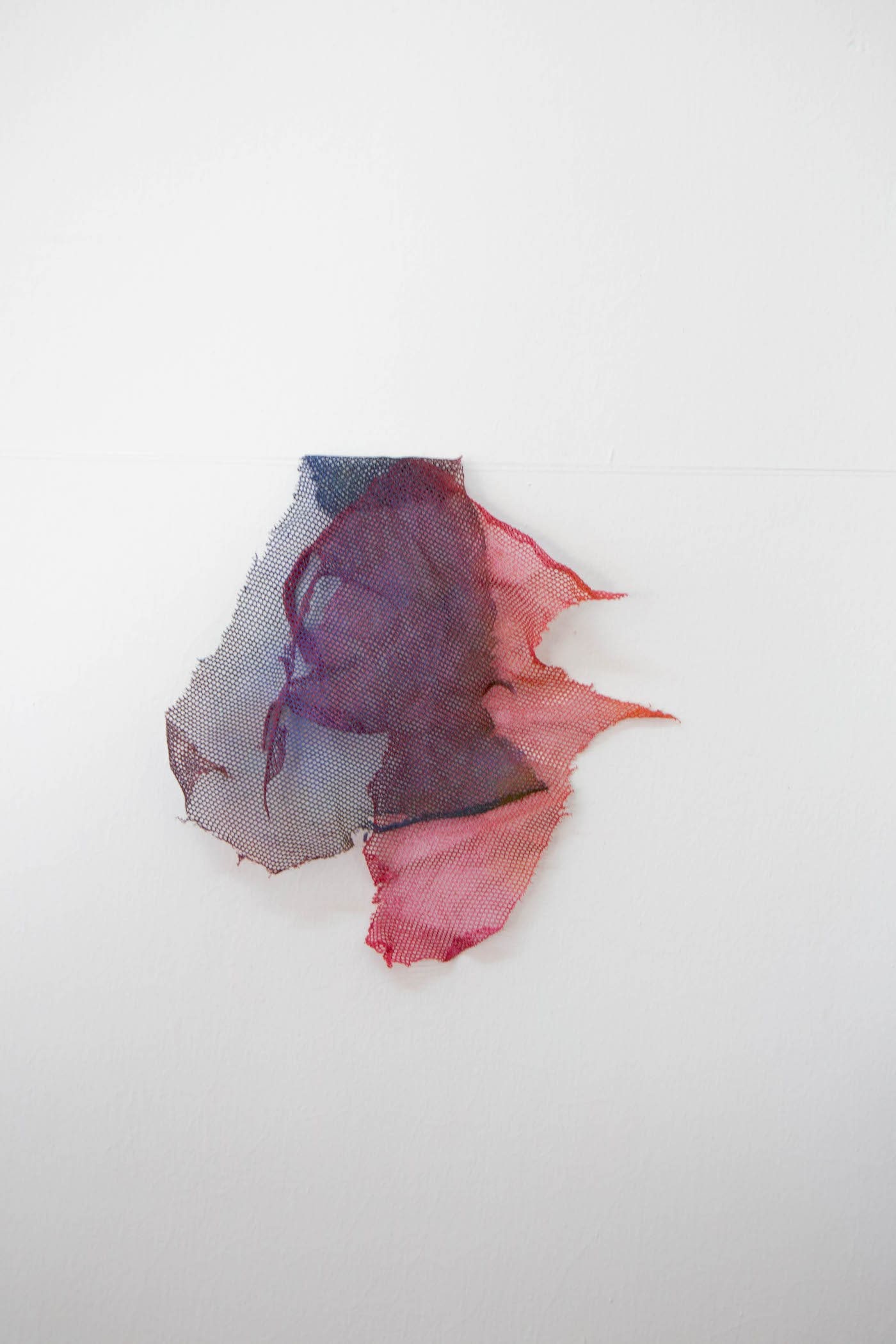
<figcaption> Agnes Waruguru, Small Things to Consider, Circle Art Gallery, Nairobi, 2020. Courtesy the artist.
Contemporary And: The works you showed at Circle Art Gallery were made with various materials and techniques, including tie-dye, drawing on fabrics, and printing with nettings. How did you develop these creative practices?
Agnes Waruguru: There were many techniques used in the show. I think my practice is very experimental. I am curious about so many ways of making, and I find myself jumping from one thing to the other. It’s part of my nature.
Even while studying painting, I didn’t make paintings after my first year – I was only making collages and fabric works and trying my hand at sculpture. I think for me, it’s the attraction to the material and then figuring out how to best represent that material. Using the netting to make prints, for example, and in other cases using it to make small soft sculptures. What’s the best way that material can serve me, what is the best outcome of what I am trying to communicate, what’s the best way to go about it?
It was important for me to show the many ways in which I work, and to connect the dots for myself and others. This solo show was an opportunity for me to connect dots between my drawing, painting, printmaking, embroidery, found objects, and so on. I think it was a good balance of everything that I do – a good representation.

<figcaption> Agnes Waruguru, Small Things to Consider, Circle Art Gallery, Nairobi, 2020. Courtesy the artist.
C&: The title of the exhibition was Small things to consider. Would you say that your works are specific observations or memories of your environment?
AW: That’s an interesting way to look at the title. A lot of people have been asking why it is called “small things to consider.” It is about specific observations, and definitely memoryscapes. I think a lot of the landscapes are memoryscapes, because nothing is trying to represent an actual place or an accurate depiction of a place – it’s more the feeling of it. The way it made me feel. Trying to capture the essence of the place. If you look at the prints which were the starting point for the show, the mono prints, they were made with small pieces of netting which I found when I was taking my daily walks – little pieces that I didn’t alter at all. The shape that I picked up was what I used; I didn’t try to adjust the shape of the netting. I was realizing that I have the power to observe everything around me, consider everything around me, and respond to that. Acknowledging the importance of everything around us.

<figcaption> Agnes Waruguru, Small Things to Consider, Circle Art Gallery, Nairobi, 2020. Courtesy the artist.
C&: Your works appear very intimate, in their creation process as well as in their content. Would you say that they are?
AW: I do think the work is very intimate and one of the things people have told me after seeing the show was that it felt like a very calm safe space, as if you’d entered my private garden or home and got a special preview of how I think and live. Many of the works are delicate, and when I am making them they feel very personal. I give a lot to the work for it to exist, just because with processes like embroidery it takes time. Even if I am not actively thinking about it, because it’s very repetitive, it always ends up bringing out certain emotions. It’s like a dedicated time for thinking and doing. People get something from the work because they feel a certain familiarity – it’s related to the home. People want to draw connections from it. It’s interesting to see that.
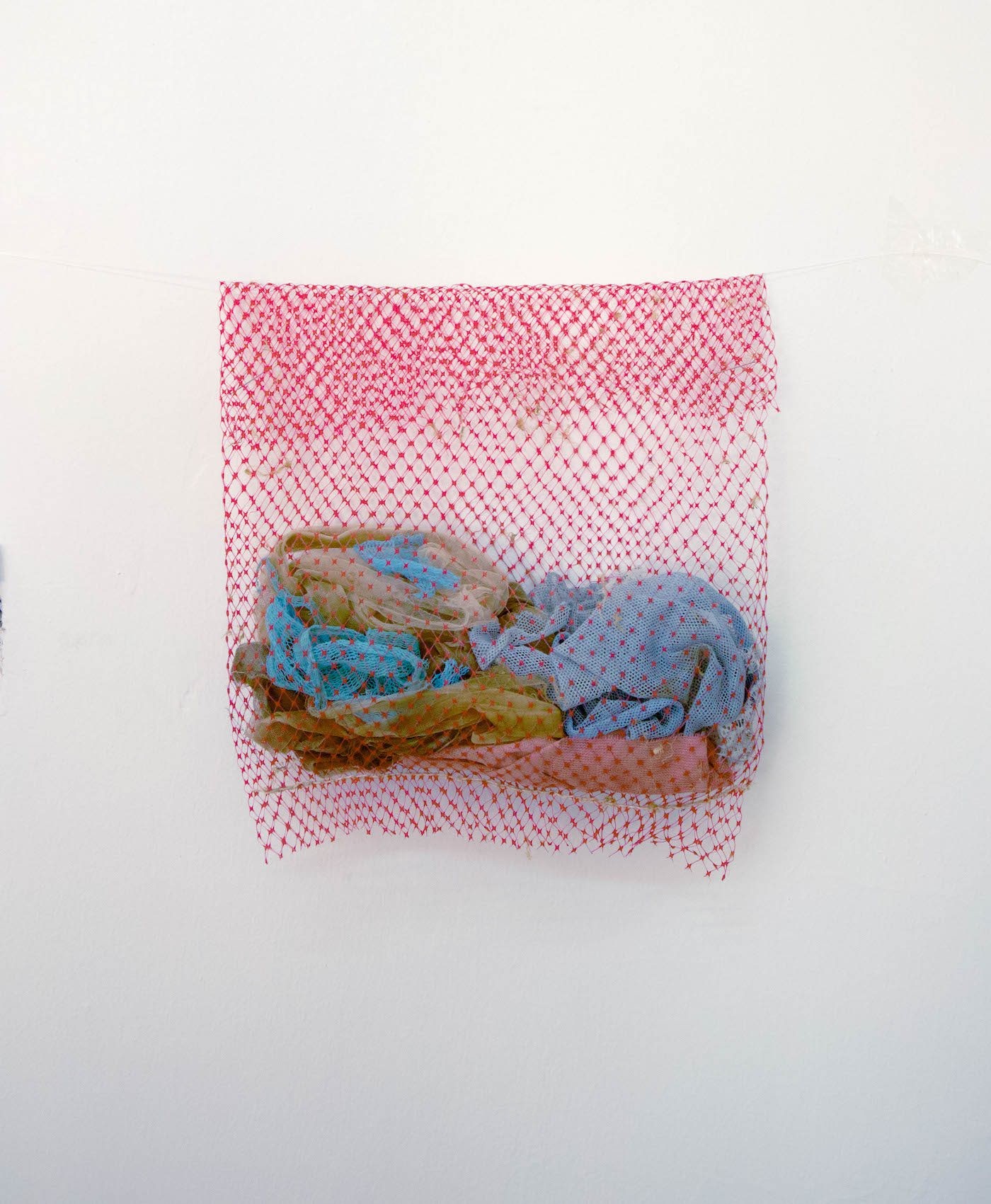
<figcaption> Agnes Waruguru, Small Things to Consider, Circle Art Gallery, Nairobi, 2020. Courtesy the artist.
C&: How did you translate this intimacy into the gallery space?
AW: It was an interesting challenge to occupy the whole gallery, because I’ve never done that before. It was very important for me to create a show that felt approachable, because I’ve had a lot of conversations with younger Kenyans who told me “Oh I didn’t think I could go to a gallery, I thought it was only for rich buyers” or “I didn’t realize that it was free.” So I really wanted to make a show that felt welcoming and accessible, with playful moments. For example, the flag piece, which you could see from the door, sparked a curiosity: people weren't really sure whether it was supposed to be there, if it was always there, if it was an artwork or not? It was important for me to have these little moments.
So we cared about the installation – how the pieces work together, and creating spaces where you can really take time to look at things. Spaces that don’t feel overwhelming, but rather you want to be there, you want to sit and look and take it in. That was something I was thinking about.
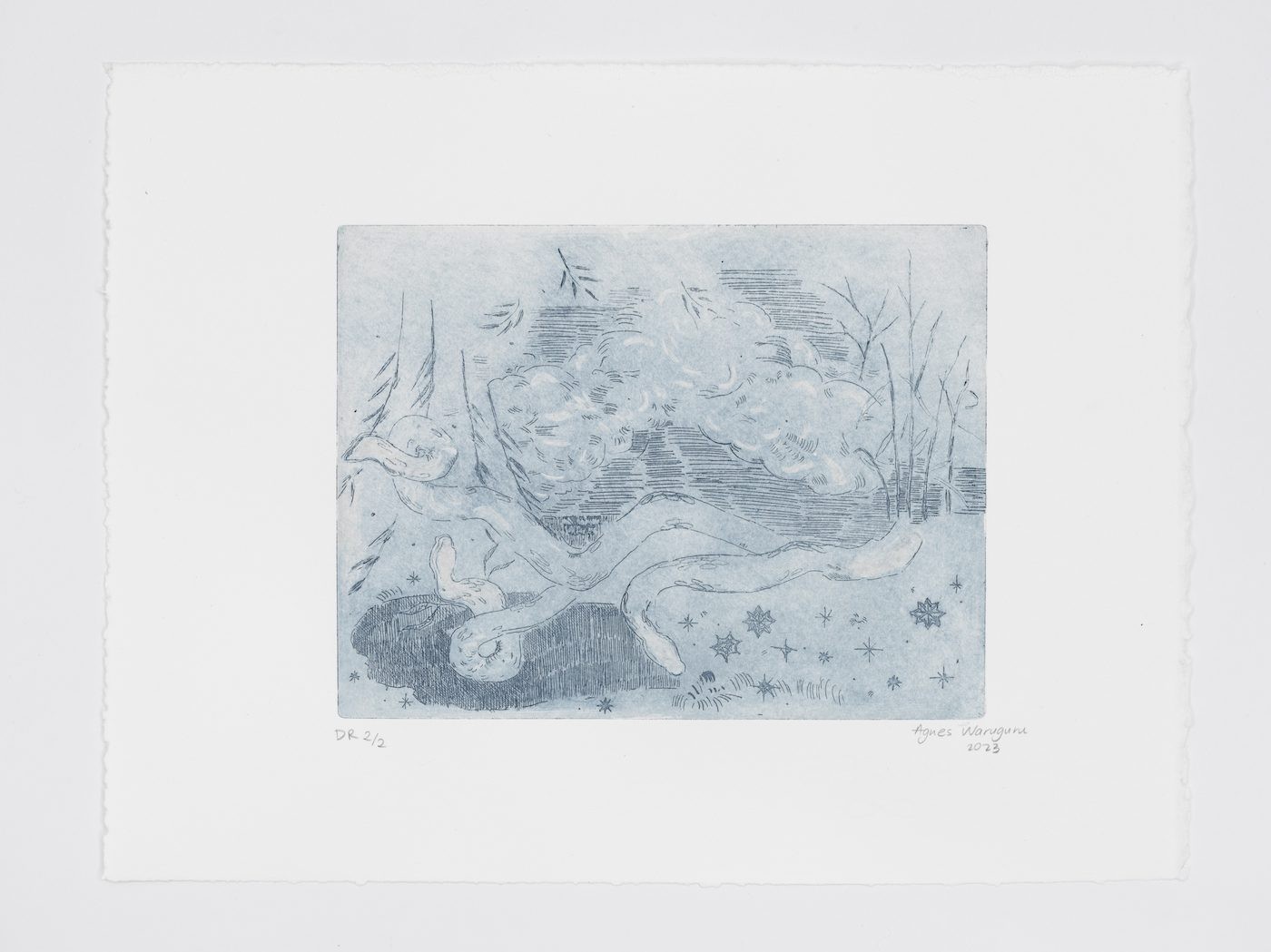
<figcaption> Agnes Waruguru, Messengers of a Midnight dream, 2023. Etching on Arches Rives BFK white Cotton Rag paper, 26 x 32.5 cm.
C&: For the fourth C& Artist's Edition, you have made Messengers of a Midnight Dream. Can you tell us about the process of creating these hand-printed works and their title?
AW:Messengers of a Midnight Dream is printed using a zinc plate with water-based etching ink, and I ran the edition myself at the Rijksakademie. It is a classic technique that I was excited to revisit. While preparing the sketches I had the chance to respond to certain etchings in the archive at the residency, while also drawing from my immediate surroundings, including the view from my studio window. I wanted to expand the space and allow the work to exist in an in between. I have been exploring ideas of in-between spaces and altered realities in my studio practice for some time. The title Messengers of a Midnight Dream speaks of the snake figures: they appear in many of my recent works and can be seen as paths, rivers, threats - figures with the ability to change and morph or shed a skin. I think of them as creatures that can travel through different realms. They have a mysticism to them.
Find Agnes Waruguru's edition with C&here. Remixing and acts of improvisation are the central elements of the work of Agnes Waruguru Njoroge (b. 1994). Working predominantly with everyday materials, with particular attention to materials that carry connotations of familiarity and domestic life, Waruguru builds up compositions whose thrust comes from the intimate connection that these materials bare in the personal lives that yielded them. Her work makes use of repetitive, iterative acts of creation and mark making – crocheting, knitting, sewing, and embroidery – whose nature marks the passing of time. Waruguru received a BFA from the Savannah College of Art and Design, USA. Her work has been exhibited in America, France and Kenya. In 2020, she was included in the On The Cusp, a section of the inaugural Stellenbosch Triennale dedicated to emerging artistic talents from the African continent. She has participated in residencies in Kenya and Sydney, Australia.Interview by Mearg Negusse.
Read more from

MAM São Paulo announces Diane Lima as Curator of the 39th Panorama of Brazilian Art
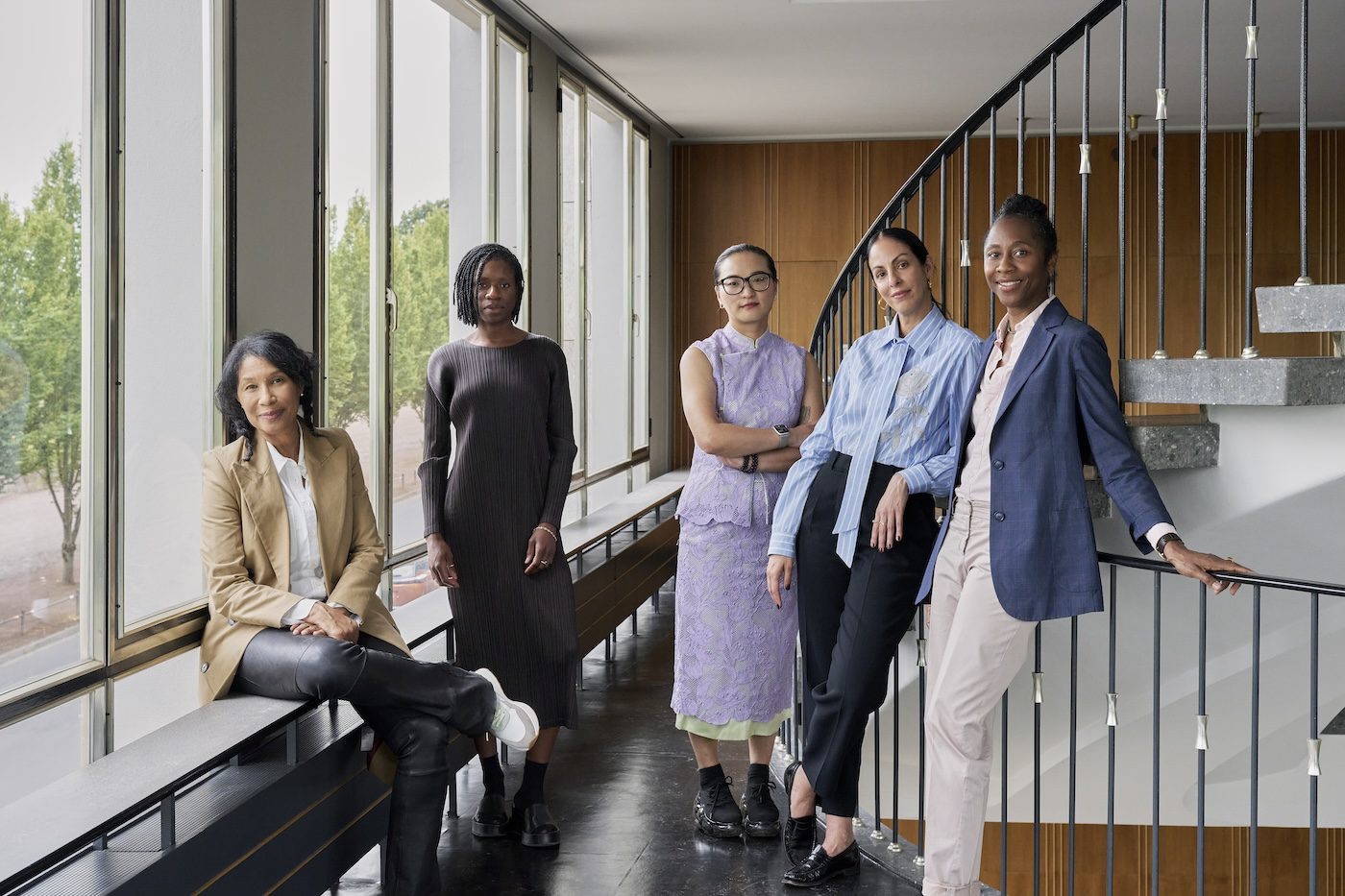
Naomi Beckwith Unveils Core Artistic Team for documenta 16
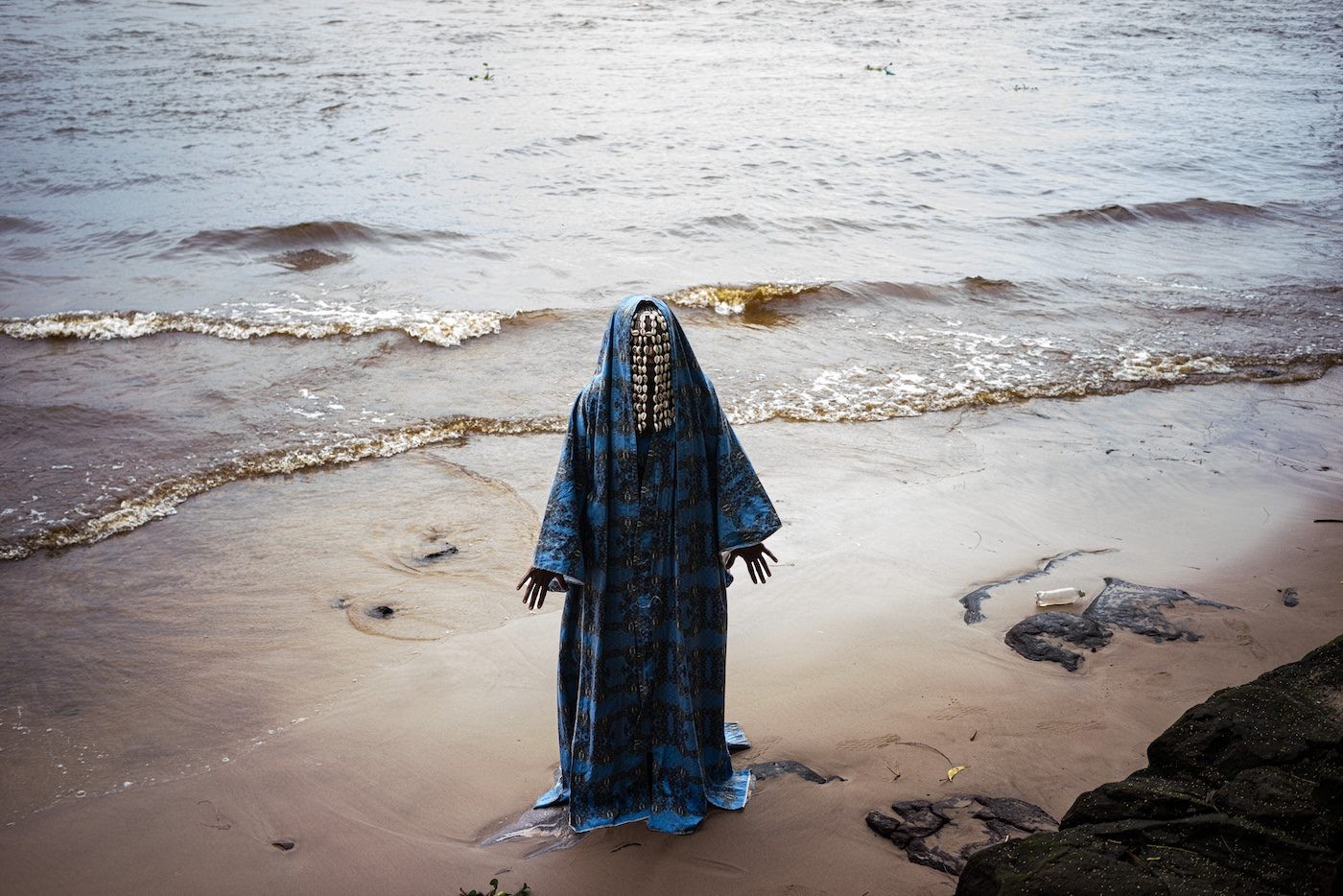
Fundação Bienal de São Paulo Announces List of Participants for its 36th Edition
Read more from
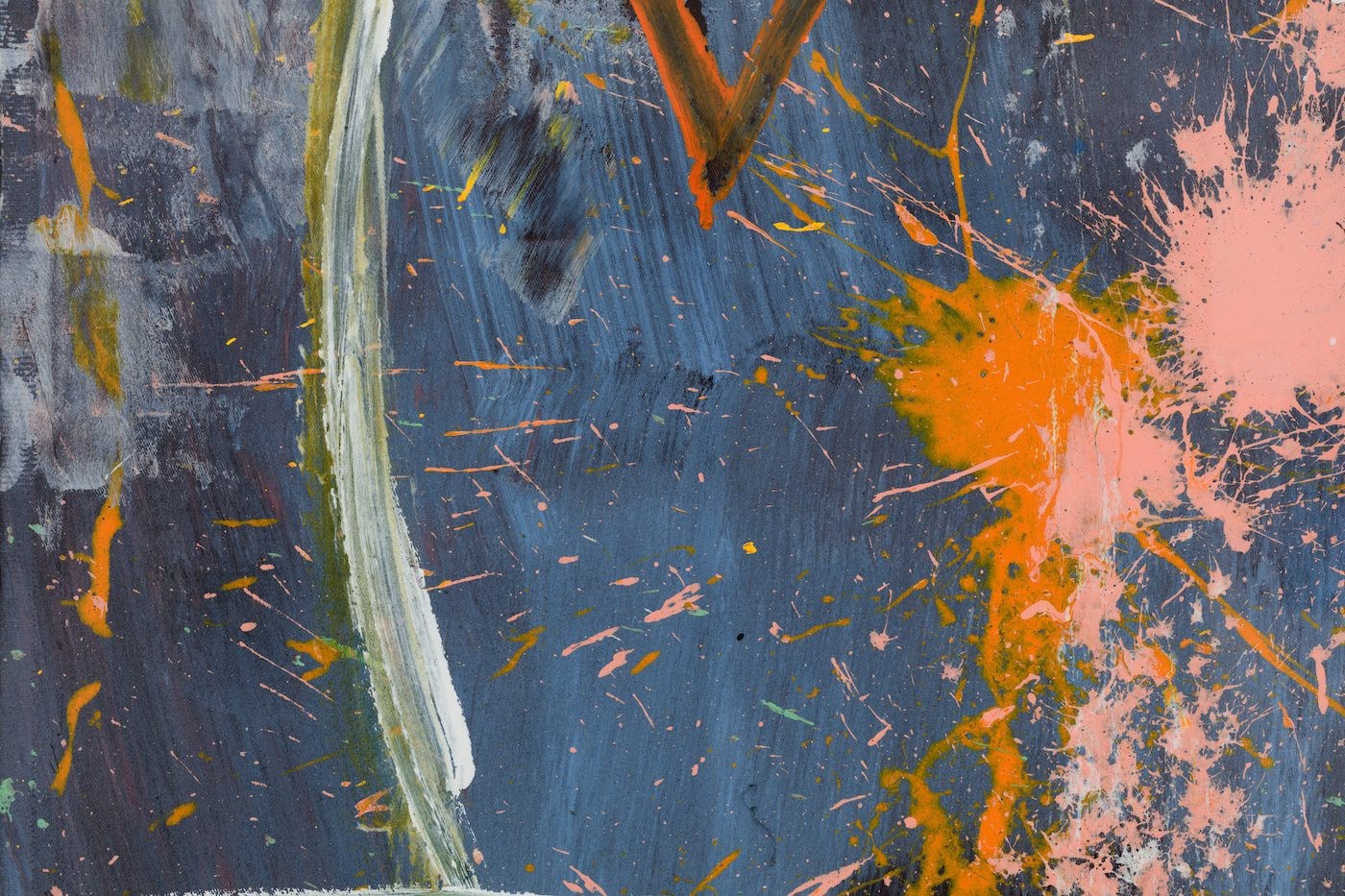
Samson Mnisi: A Master Posthumously Receives His Due
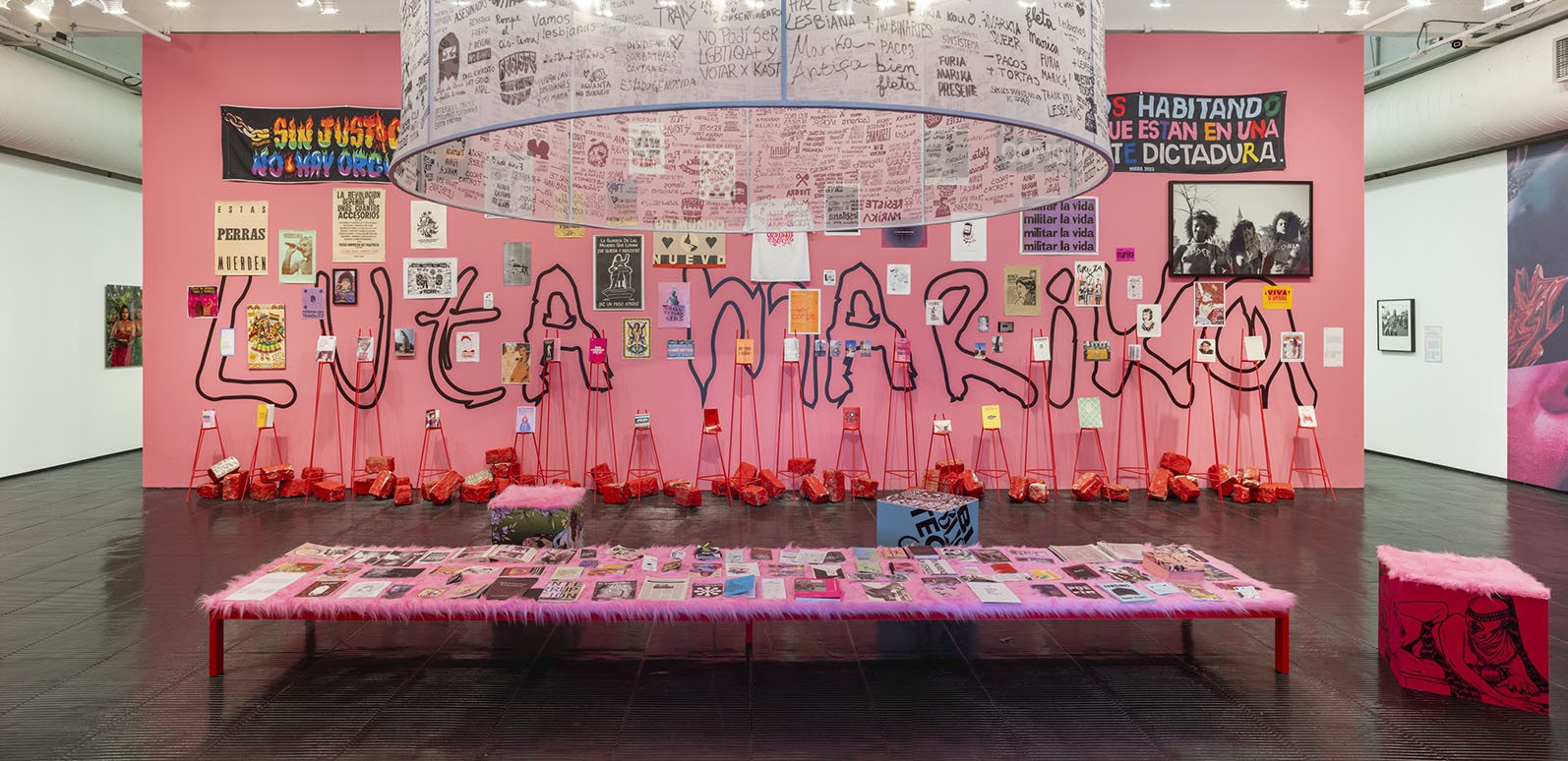
LGBTQIA+ Diversity Stories
